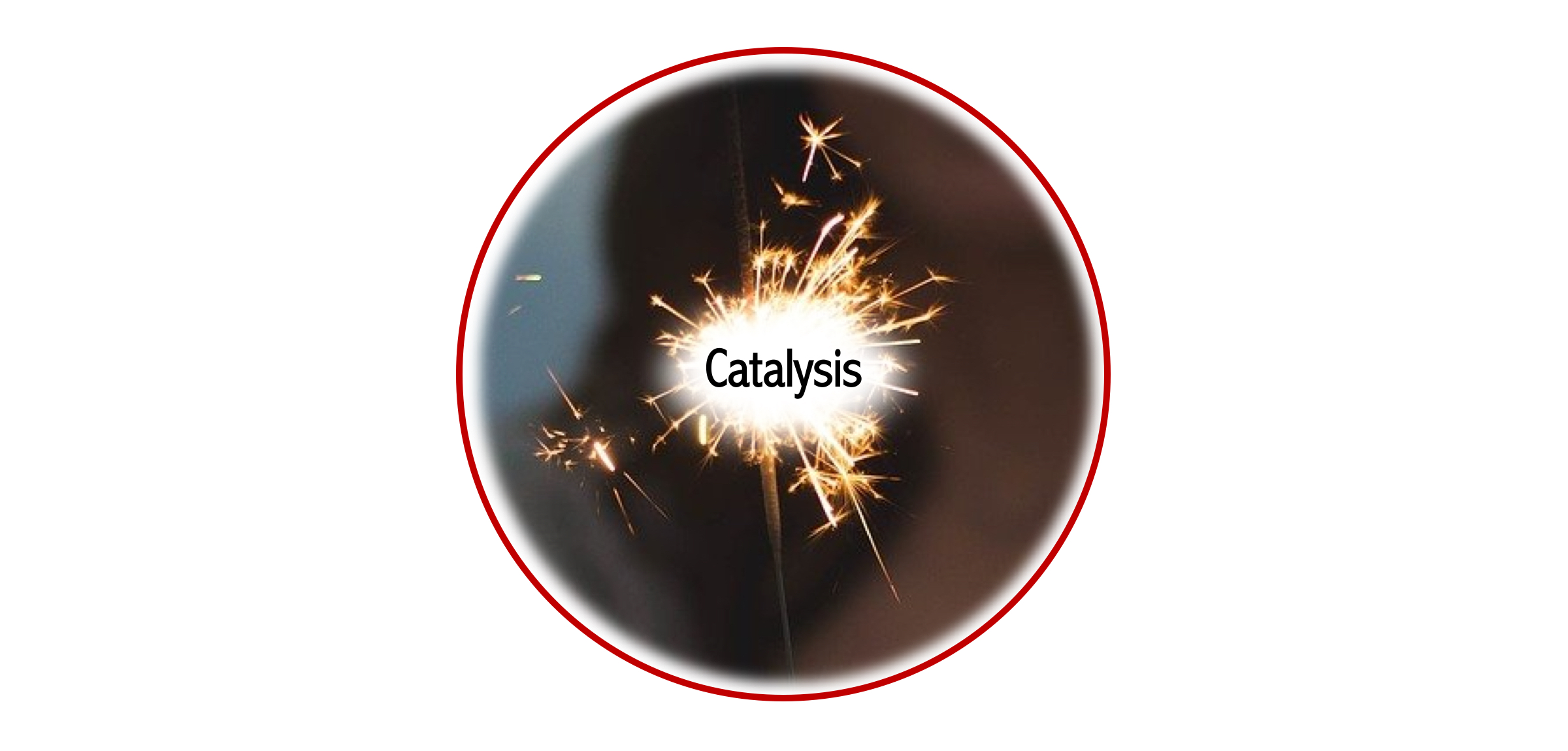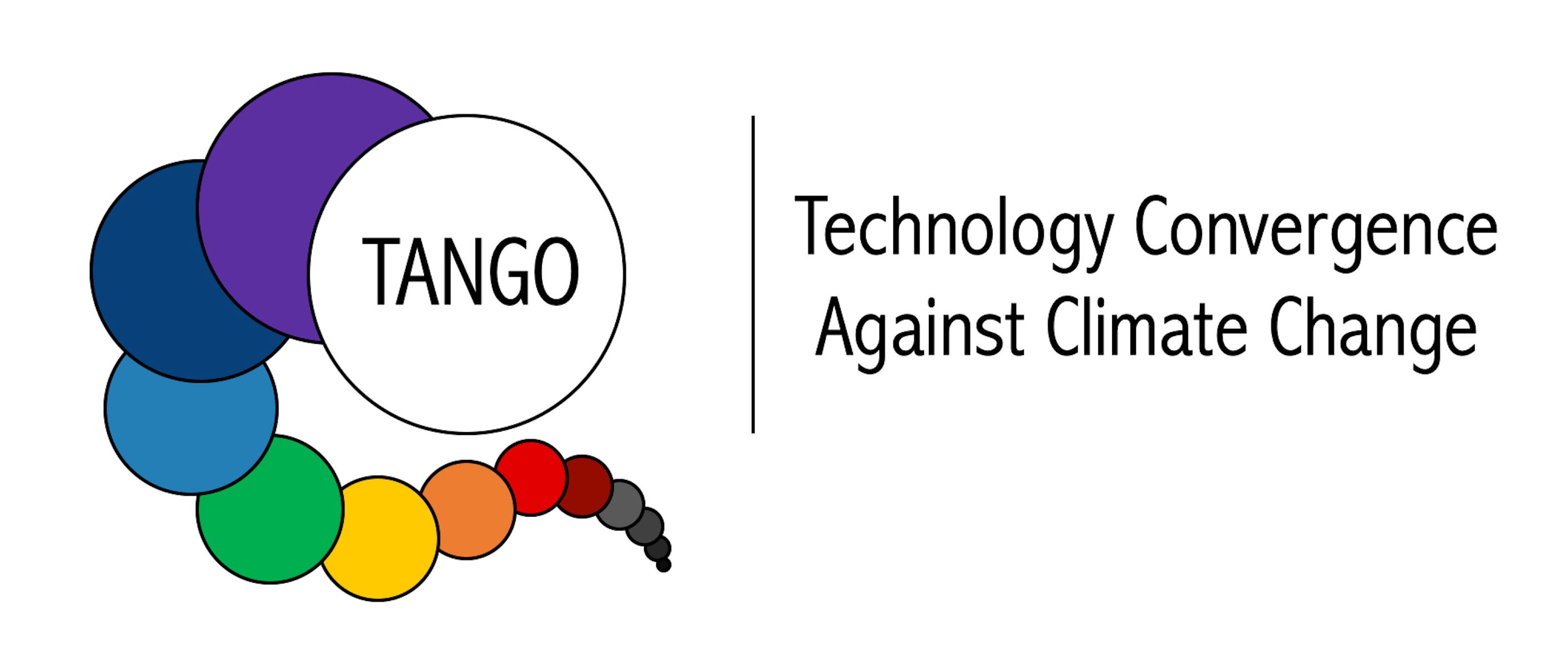
It is well known, or at least it should be: catalysts role is to speed-up reactions, making events faster and faster ... and selective. The less catalyst's amount we use, the more we recycle it, the better is the result. To achieve these goals, two main paradigms are traditionally taken into account in catalysis: homogeneous and heterogeneous catalysis.
Like in a Monet paint, in homogeneous catalysis, catalysts and reagents are completely dissolved in the reaction medium, and uniformly distributed throughout the reaction bulk. This makes easy the intimate contact among catalysts and reagents, maximizing selectivity and efficiency. The bill we pay is in the catalyst recovery, since not always this process is straightforward, making hard its recycle and reuse.
On the contrary, like in a Mondrian paint, in heterogeneous catalysis, catalysts' recycle and reuse is very much easy through a pitfall-less set of procedures. Efficiency is often the currency we pay.
TANGO catalysis goes semi-heterogeneous through nanocatalysis, a third way that grabs advantages of both paradigms. Like in a Pollock paint, an alternative and very promising approach, but the system complexity deserve in deep studies of all involved phenomena.

Should we consider metal-based catalysis or a metal-free organocatalytic approach?
According to the literature, both approaches have been already explored, each of them associated with pros and cons. Metal-based catalysts tolerate high reaction temperatures than organocatalysts, while these latters are often more green chemicals than the counterparts.
We can spend hours, discussing on the topic: all-metal, like titanium of the Guggenheim Museum in Bilbao, or metal free from natural and renewable resources like in the Caravaggio paint?

Since this project mainly considers sustainability as a compass, TANGO goes on a third way! TANGO exploits organocatalysts immobilized on metal nanoparticles taking advantage of both the organocatalysts' reduced toxicity and of the magnetic properties of metal nanoparticles cores for recovery purposes. Like in the Klimt paint, in our approach to catalysis two entities become one, and depend on each other.
